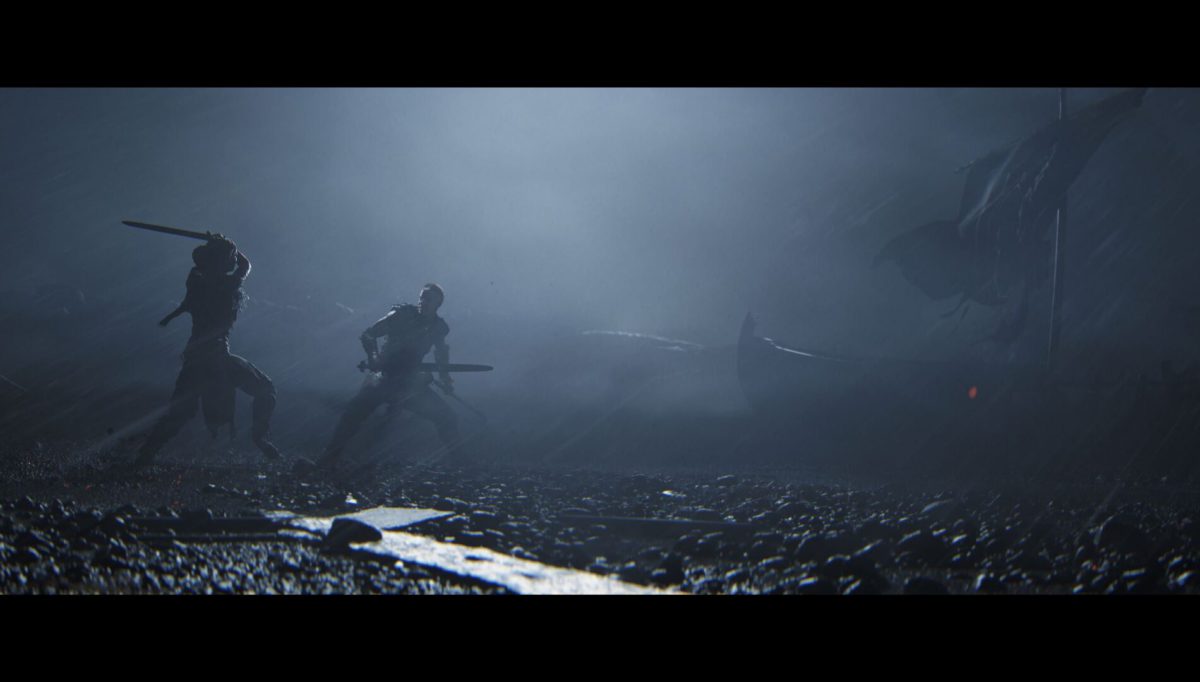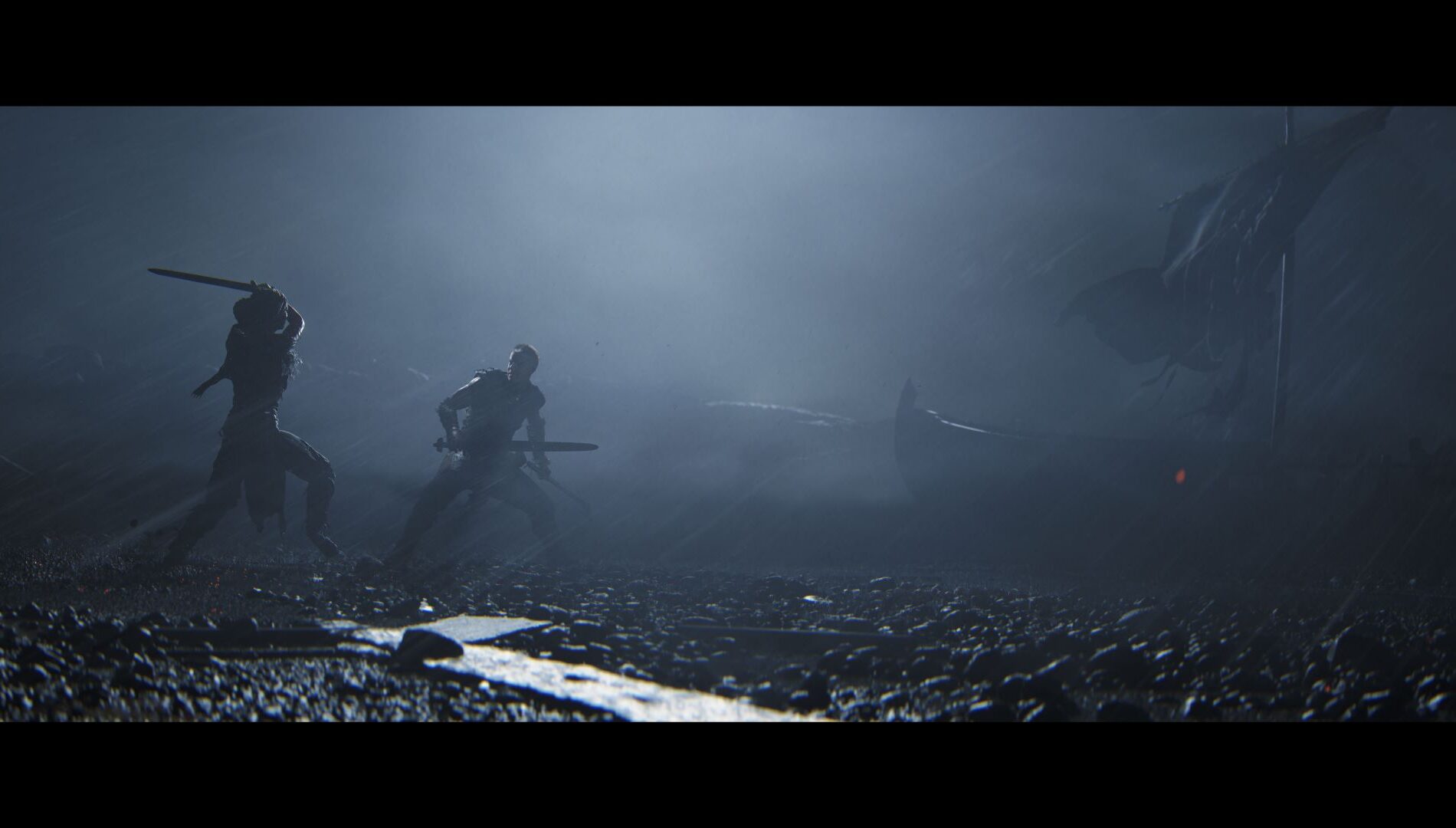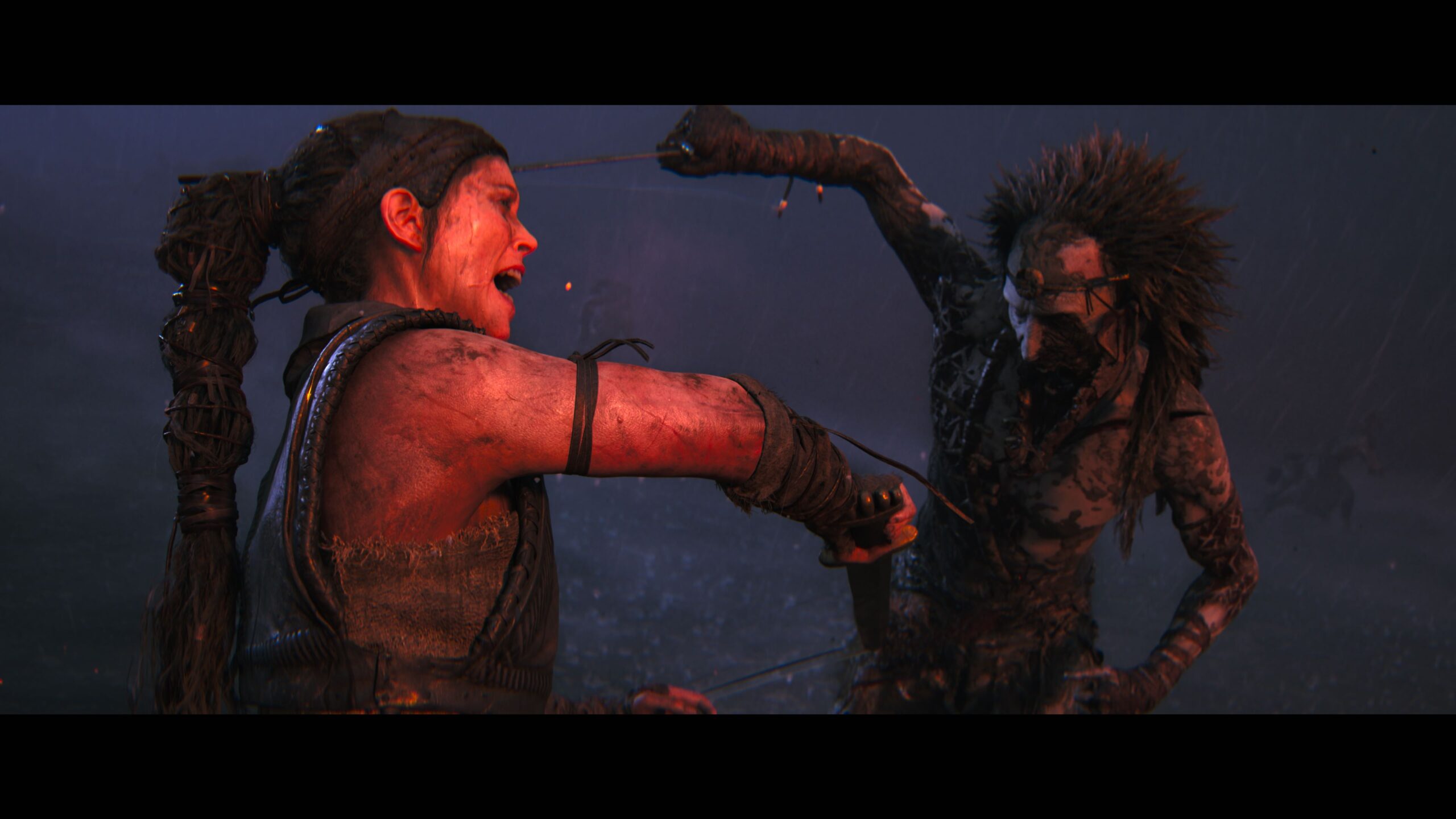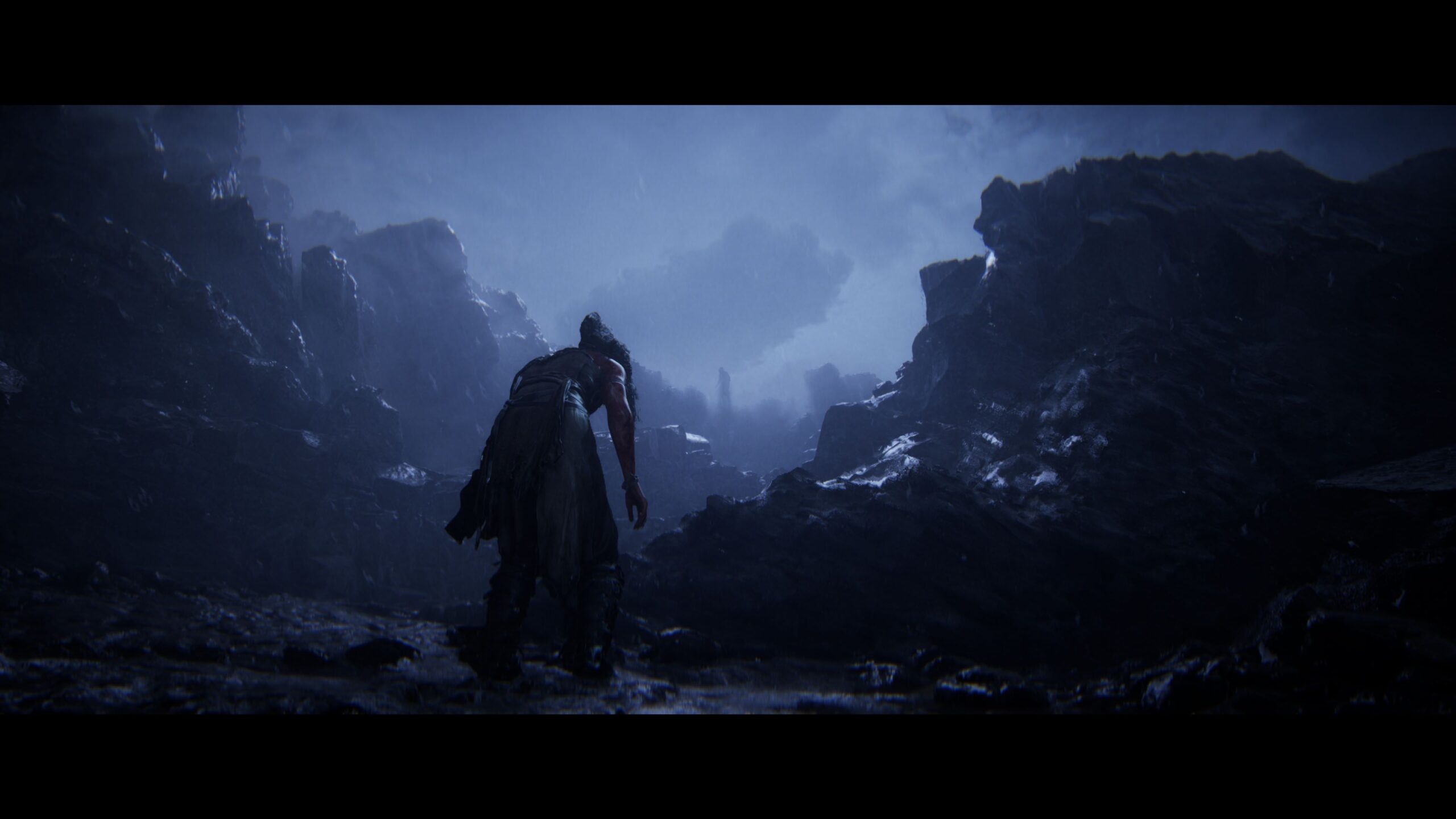How the Developers of Dragon Ball Xenoverse 2 Introduced Future Saga
Summary
- Dragon Ball Xenoverse 2 Producer Jun Song shares new details on how they’re bringing the villainous Future Saga into the game.
- Dragon Ball Xenoverse 2 – Future Saga Chapter 1 launches May 24, 2024, for Xbox One and Xbox Series X|S.
- The Xbox Series X|S version will support Smart Delivery, allowing all progress and DLC to carry over from the Xbox One version.
Dragon Ball Xenoverse 2 celebrated its 7th anniversary back in October 2023 with a big update featuring new modes and in-game events. Keeping to the development team’s determination and wish to keep Xenoverse 2’s content fresh and new for the players, Dragon Ball Xenoverse 2 takes a step towards the future by introducing an entirely new four-part saga for both Xenoverse 2 and Dragon Ball fans to enjoy with Dragon Ball Xenoverse 2 – Future Saga Chapter 1 coming on May 24, 2024, alongside the release of the Xbox Series X|S version of the game — fans who own the game digitally on Xbox One can enjoy a free upgrade thanks to Smart Delivery tech.
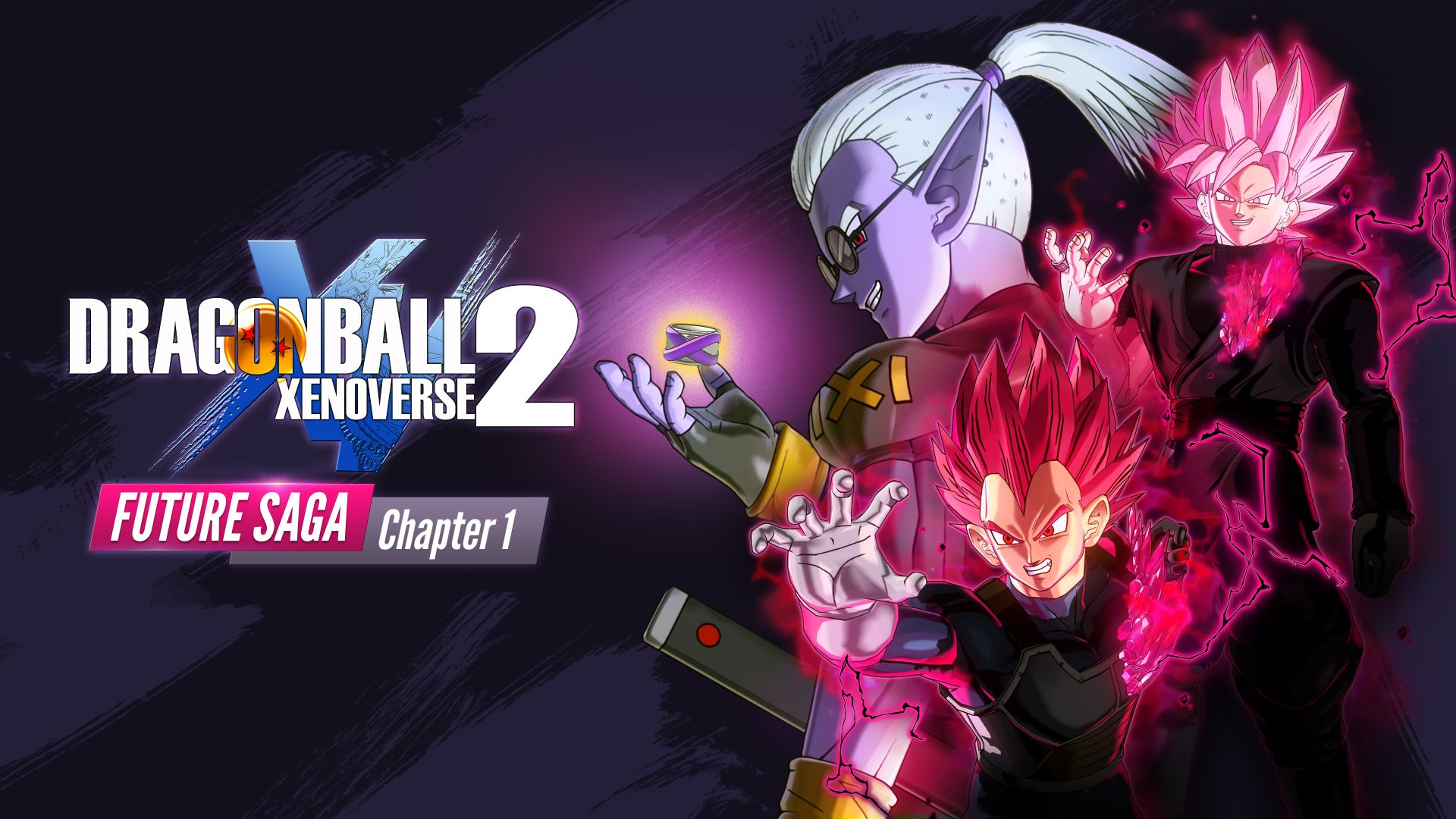
Producer Jun Song joined us recently to share new details on what players can look forward to when Future Saga arrives in Dragon Ball Xenoverse 2 later this week.
Bandai Namco Entertainment America: When did you start planning new chapter Future Saga?
Producer Jun Song: It was considered in conjunction with the plan for the major update that was implemented last October. To ensure that Dragon Ball Xenoverse 2 will continue to be enjoyed for a long time, we added new content and made various modifications in the October major update so that all users can enjoy it equally.
For similar reasons, we thought it was necessary to provide a fresh and exciting story for users equally by entering a new Saga. The message “Take a Step Towards the Future” expresses the meaning that with the October update and the upcoming new saga — Dragon Ball Xenoverse 2 will break from the past and move on to the next “future.”
Bandai: What is the concept of the “Future Saga”?
Song: There are two major points: To settle the battle against “Fu” and to depict the struggle for the “future” of the world. This concept is also expressed in the name of DLC.
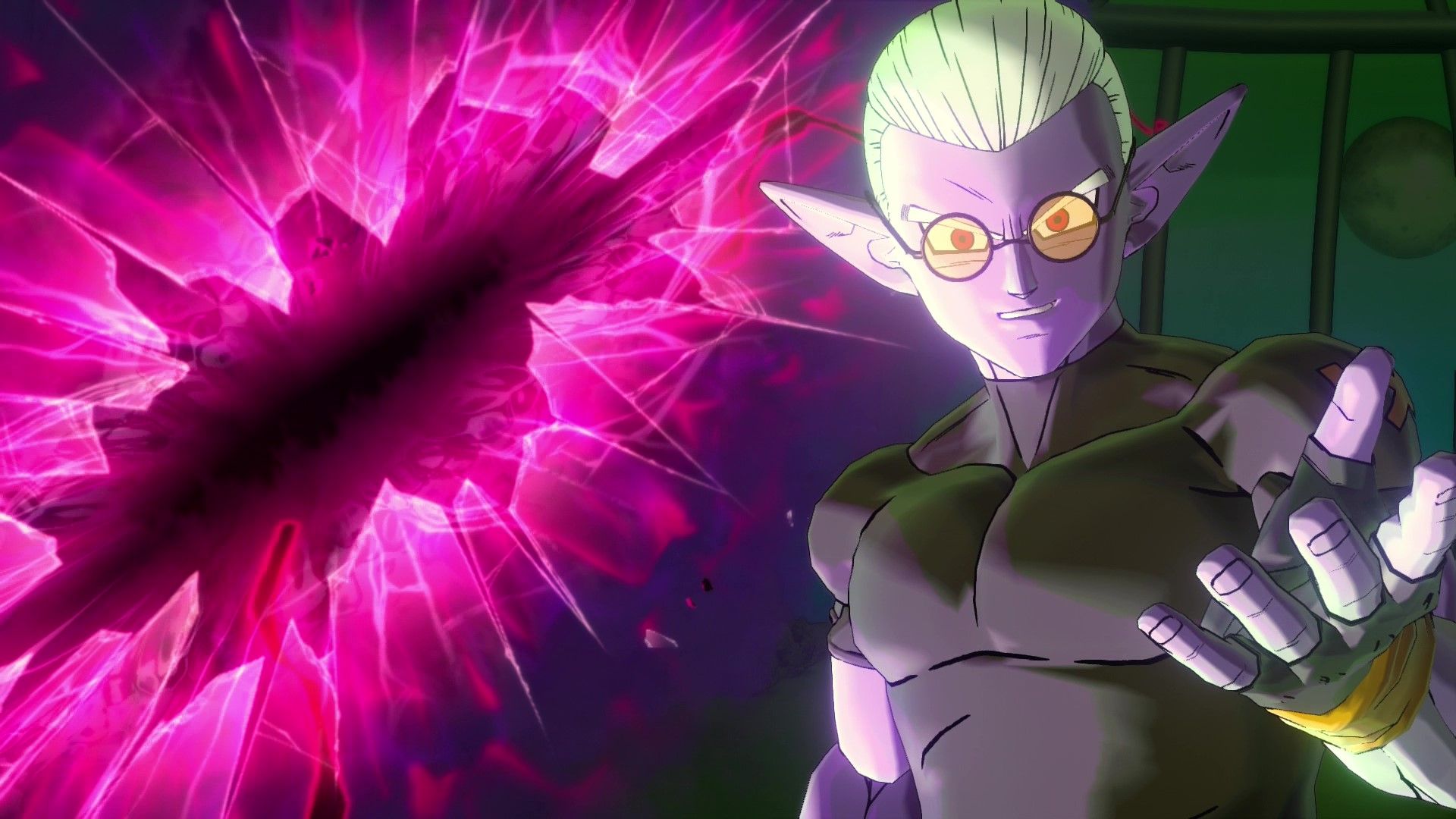
Until now, Fu has often conducted experiments out of curiosity, causing trouble for the protagonists and other Time Patrollers. However, since Fu himself was not doing it out of malice, the protagonists ended up getting flabbergasted every time.
In Future Saga, however, Fu acts with a clear purpose. And as a result, the battle will develop into a battle for the “future” of not only the “Time Rift” but also that of the protagonists and the entire world.
Note for Readers: The Time Rift is a crack in history that has been created by repeated altered history. The inside is an alien space, but the events that take place there, for better or worse, do not affect the “history” of the world itself.
The Future Saga will be comprised of 4 chapters, each of them has its own story but would be most enjoyable to know the story of Fu if you play all the chapters.
What will happen to you and Fu as you throw yourself into the battle for the future? We hope you check out Chapter 1 of the “Fu”ture Saga to find out!
Bandai: Who is “Fu” anyway?
Song: Fu made its first appearance in the extra mission of the paid DLC Extra DLC Pack 2. He’s an experimental mutant created by Dabura, who utilized the cells of his sister Demon Queen, Towa, and Demon King, Mira, to revive the Demon Realm.
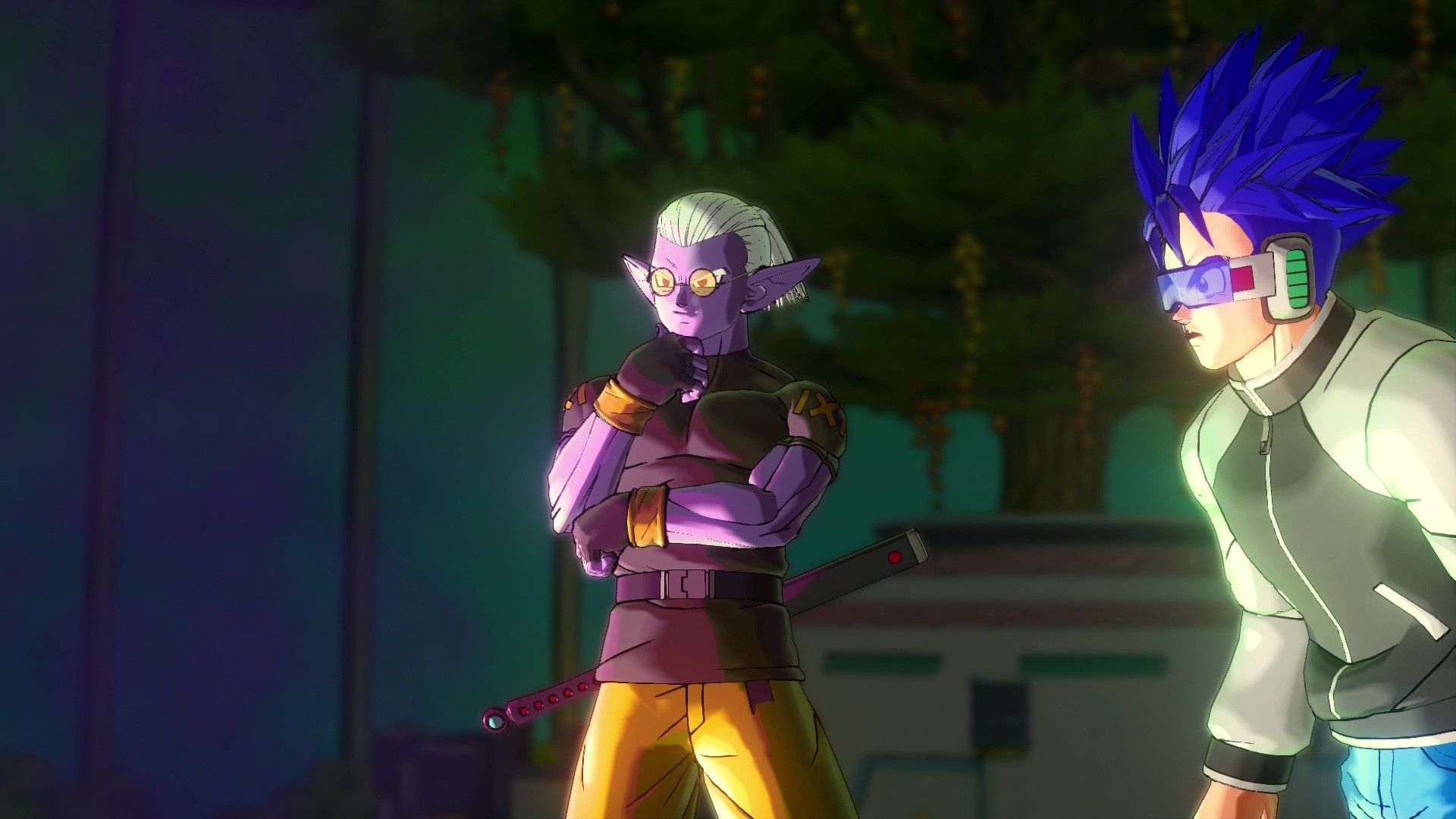
However, Fu only has interest in experimentation and research, and not in the revival of the Demon Realm. Due to this, he rebelled against Dabura, and since then, he has repeatedly conducted experiments (incidents) and research on “energy produced by altered history.” The protagonists have found themselves caught in the trenches in the process.
Bandai: What is the new form of “Ultra Supervillain” that has been newly introduced?
Song: Throughout the Xenoverse series, the “Villainous Mode” and “Supervillain” sorceries have been a source of trouble for the protagonists and Time Patrollers, but in Future Saga, the “Ultra Supervillain” sorceries are introduced.
While it can provide tremendous energy, it is also very dangerous because its impact on history is so great, but it seems that Fu intends to harness this power. This “Ultra Supervillain” will be an important key throughout the Saga, so we hope you will pay attention to it.
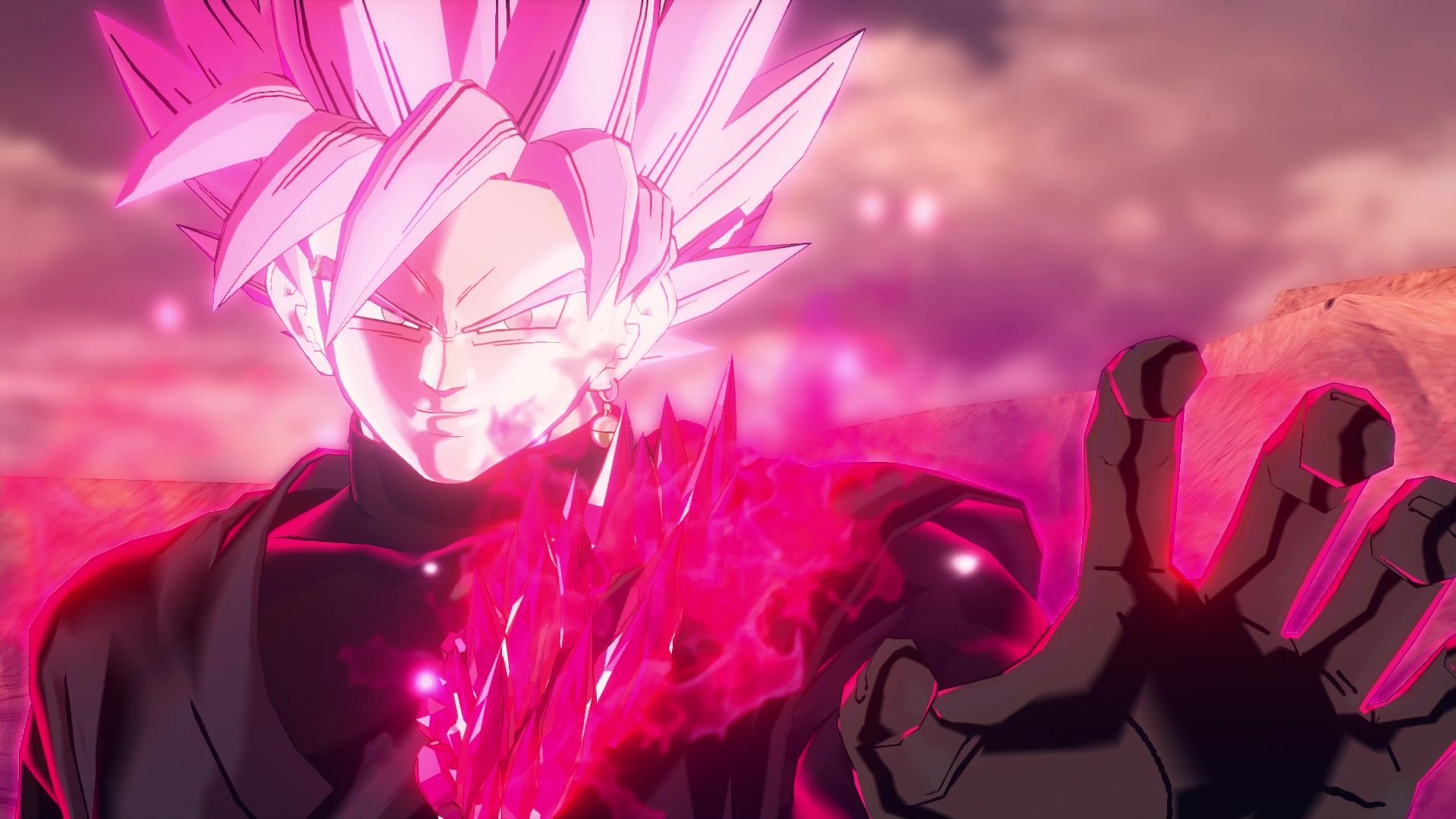
Also, the relationship between Fu and the protagonists is also of great interest. Fu and the protagonists have formed a strange friendship through past incidents, and this Saga will focus on the relationship between the two.
Bandai: Any additional comments you’d like to share?
Song: Future Saga will tell a story that Dragon Ball fans will be excited about, but the DLC is also designed to be enjoyable for those who have stopped playing after clearing the game.
We are also preparing a lot of additional content for the free update that will be delivered at the same time, so we hope that you will take this opportunity to play Dragon Ball Xenoverse 2.
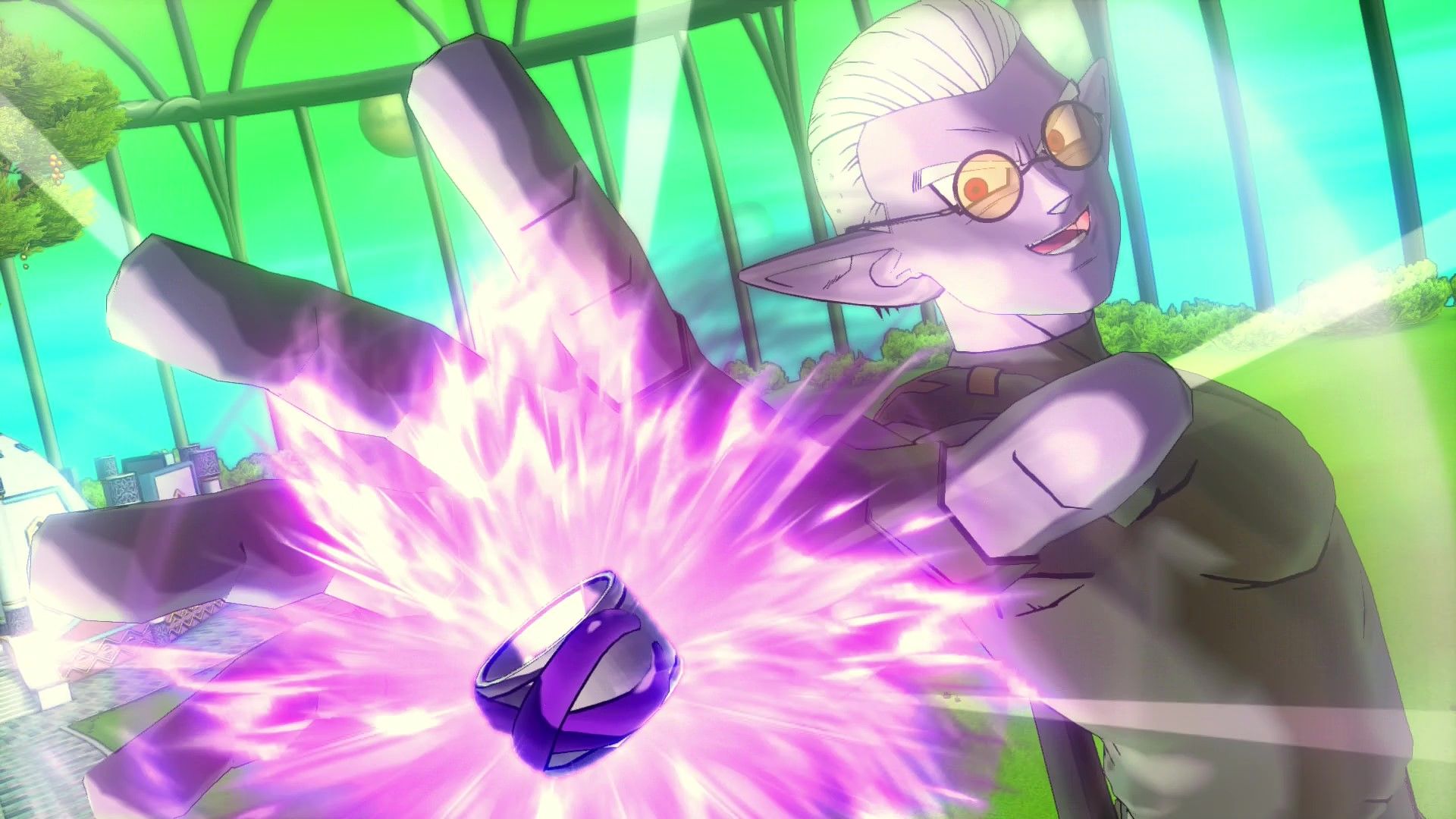
The concept of the Xenoverse series, “enter the Dragon Ball world yourself,” is an important pillar of the Dragon Ball game franchise, so we will continue to work hard on with proper plans for future development.
Xenoverse will continue to run and there’s more to come!
Take a step into the future of Dragon Ball Xenoverse 2 with Chapter 1 of the Future Saga on May 24, 2024, on Xbox One and Xbox Series X|S! Stay tuned for more updates from the Xenoverse 2 team with a 2nd Festival of Universes coming soon and the three additional Chapters of Future Saga coming next.
We hope to see you in Conton City!

DRAGON BALL XENOVERSE 2
BANDAI NAMCO Entertainment
Dragon Ball Xenoverse 2 is the ultimate Dragon Ball gaming experience, packed with thrilling action, epic battles, and endless customization options. Create your own character, explore Conton City and team up with iconic characters from the series as a teacher to train and be ready to battle against formidable enemies to rescue the flow of History!
As you progress through the game, you can customize your character’s appearance, abilities, and moveset, allowing you to create a truly unique and powerful fighter.
The fun doesn’t stop there! Dragon Ball Xenoverse 2 also features online multiplayer modes, where you can battle against other players from around the world in epic showdowns or participate in Raid Battles to face gigantic foes with other players.
With 7 years worth of DLC packs, there’s always something new to discover and experience in Conton City!
THE FIGHTER YOU ALWAYS WANTED TO BE.
With a vast array of customization options, you can create a character that truly fits your style and personality. From race and appearance to abilities and moveset, you have complete control over your fighter.
AN INFINITE ONLINE EXPERIENCE.
With several online multiplayer modes and in-game events, battles never stop! Face against other players from around the world in epic showdowns or team up with them against gigantic threats in Raid Battles.
LET YOUR FIGHTING SPIRIT BURN!
Dive into the intense and action-packed battles typical of Dragon Ball. Whether it’s during one-on-one fights or massive battles against multiple enemies, let yourself go in the thrill of the fight!
THE WHOLE DRAGON BALL UNIVERSE AWAITS.
Jump into different locations and timelines of Dragon Ball! Battle in iconic locations from the Dragon Ball universe and interact with famous characters to protect history.
EVERYTHING DRAGON BALL, ALL HERE.
Dragon Ball Xenoverse 2 is packed with fan service, featuring all iconic characters, locations, and moments from the series that fans will love to see and experience in-game.
7 YEARS OF EXPANSIONS!
Dragon Ball Xenoverse 2 is bigger than ever! After 7 years of regular releases of new DLC content, discover more than 40 new characters, storylines, and much more from Dragon Ball Z, Dragon Ball Super and even Dragon Ball movies. Stay tuned and enjoy the free updates as well!
The post How the Developers of Dragon Ball Xenoverse 2 Introduced Future Saga appeared first on Xbox Wire.

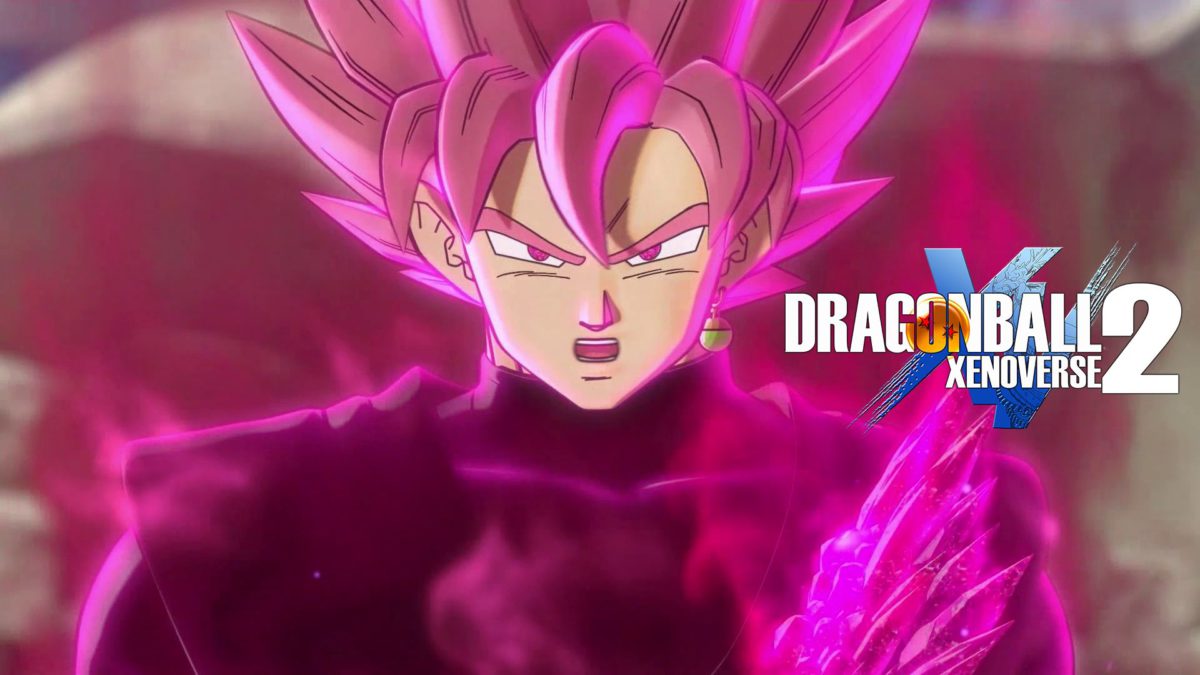
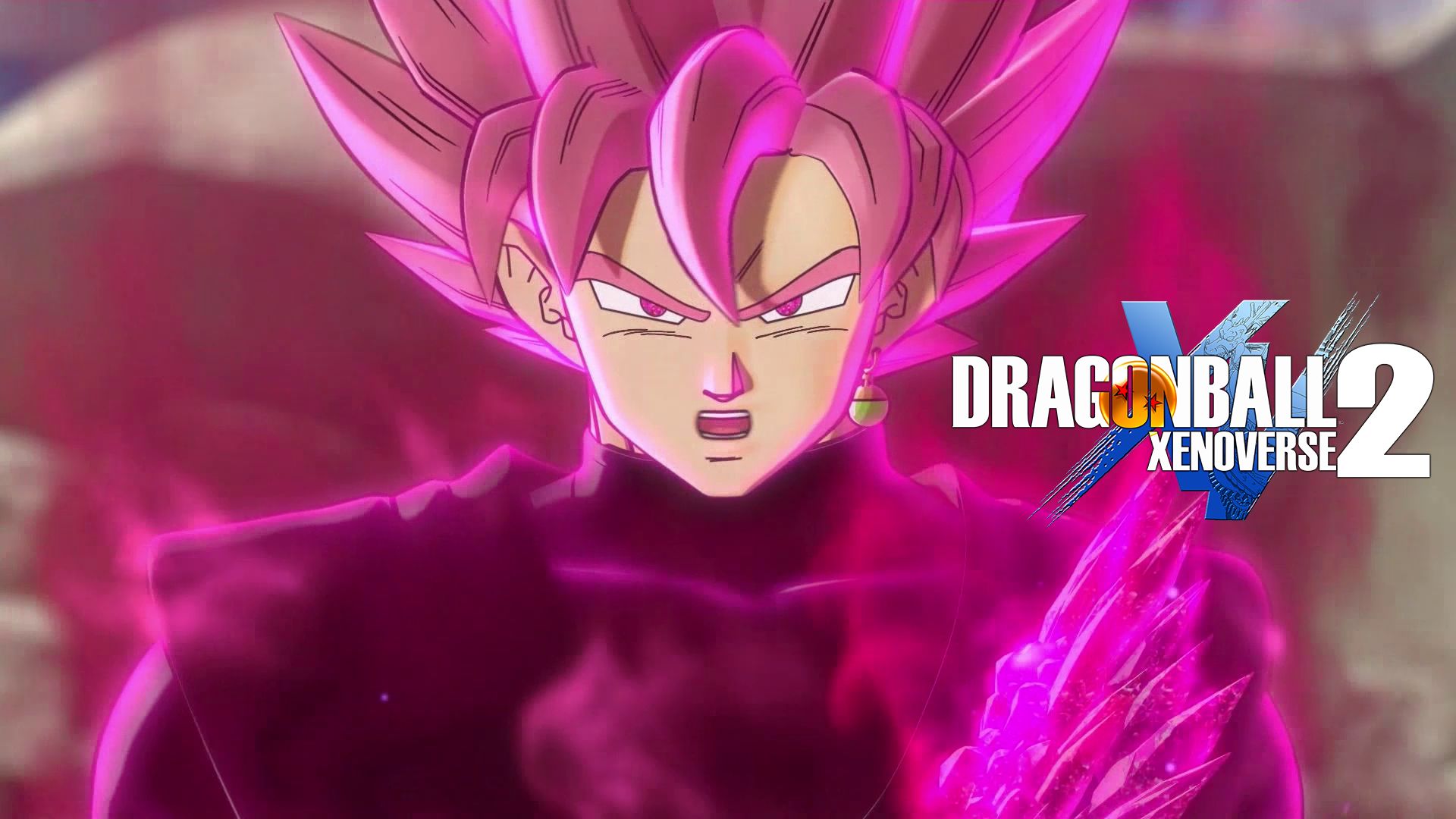
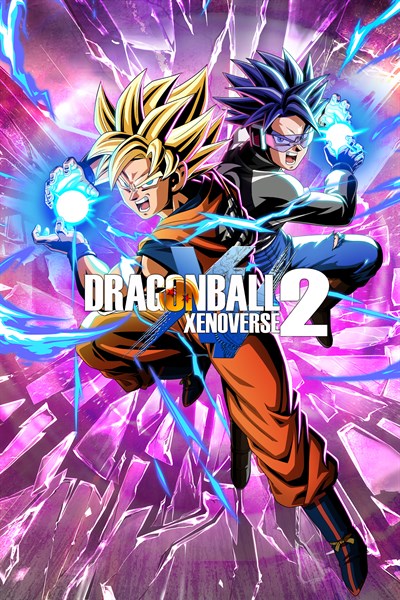


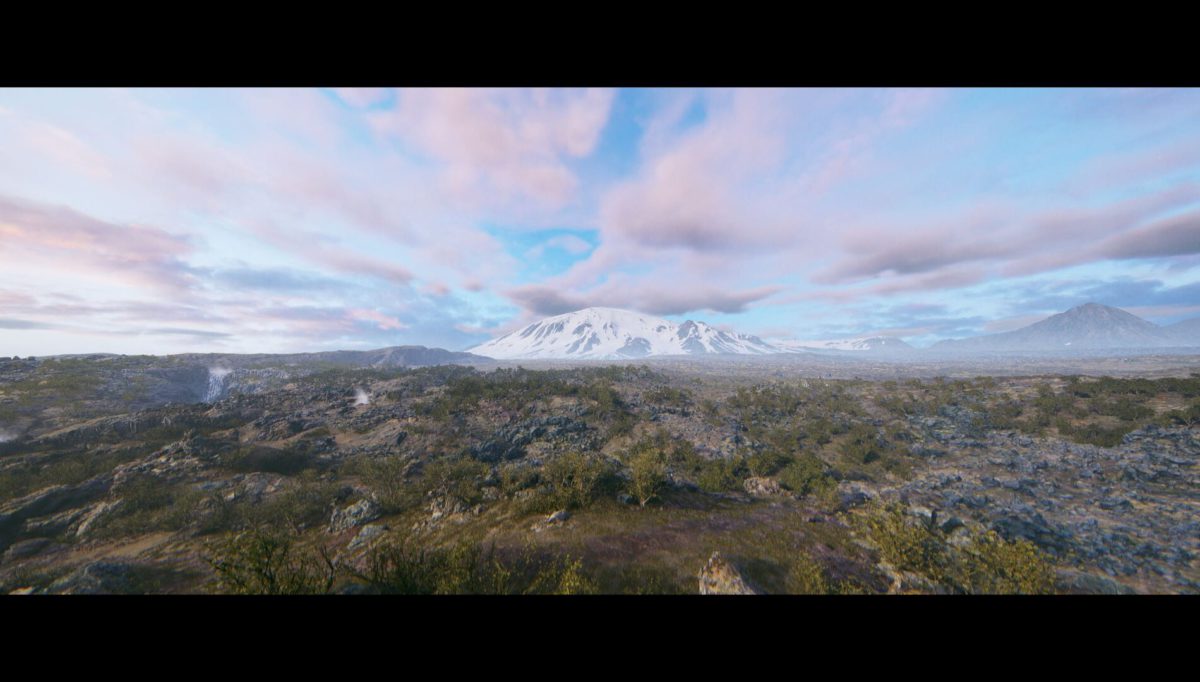
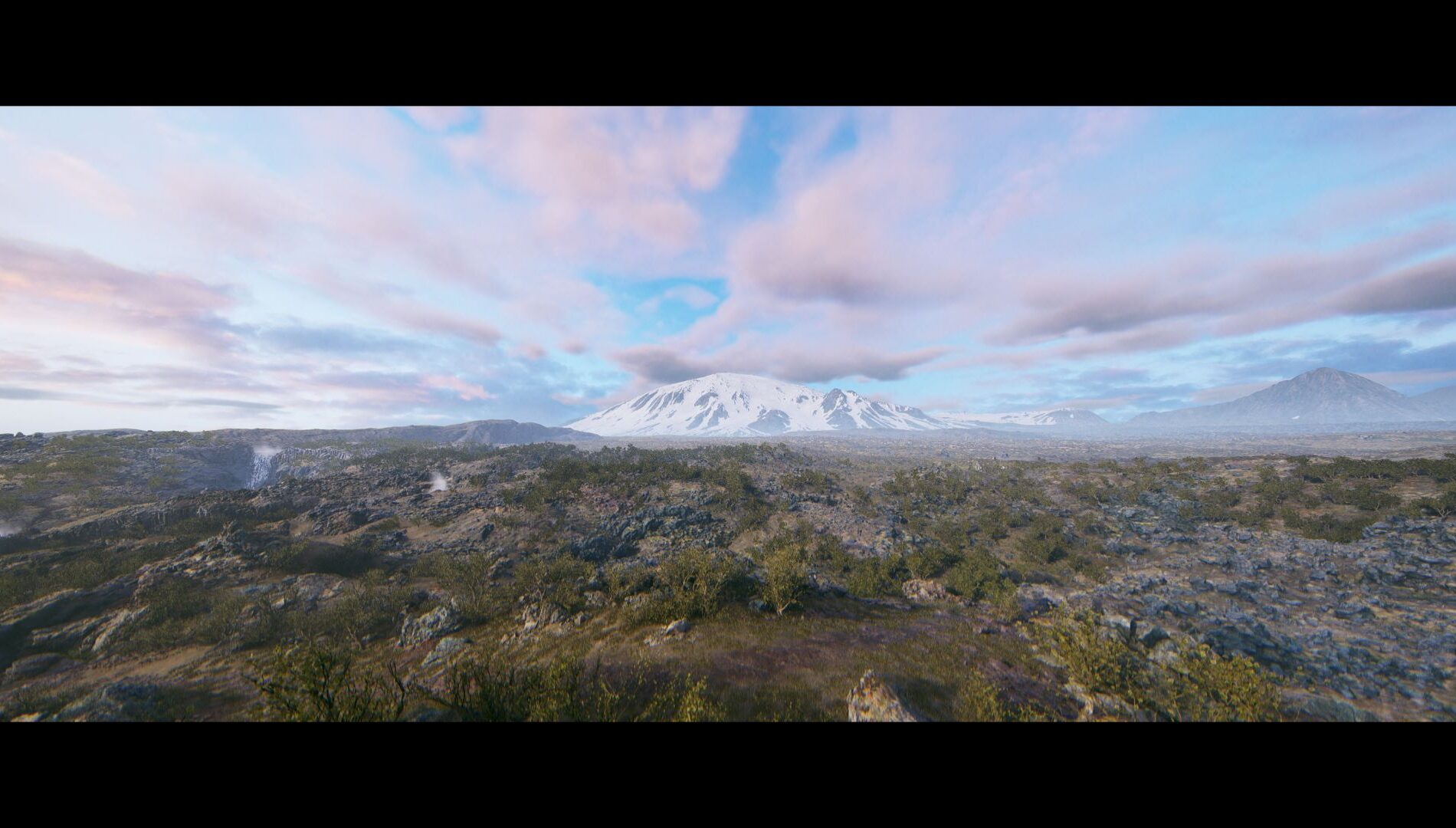
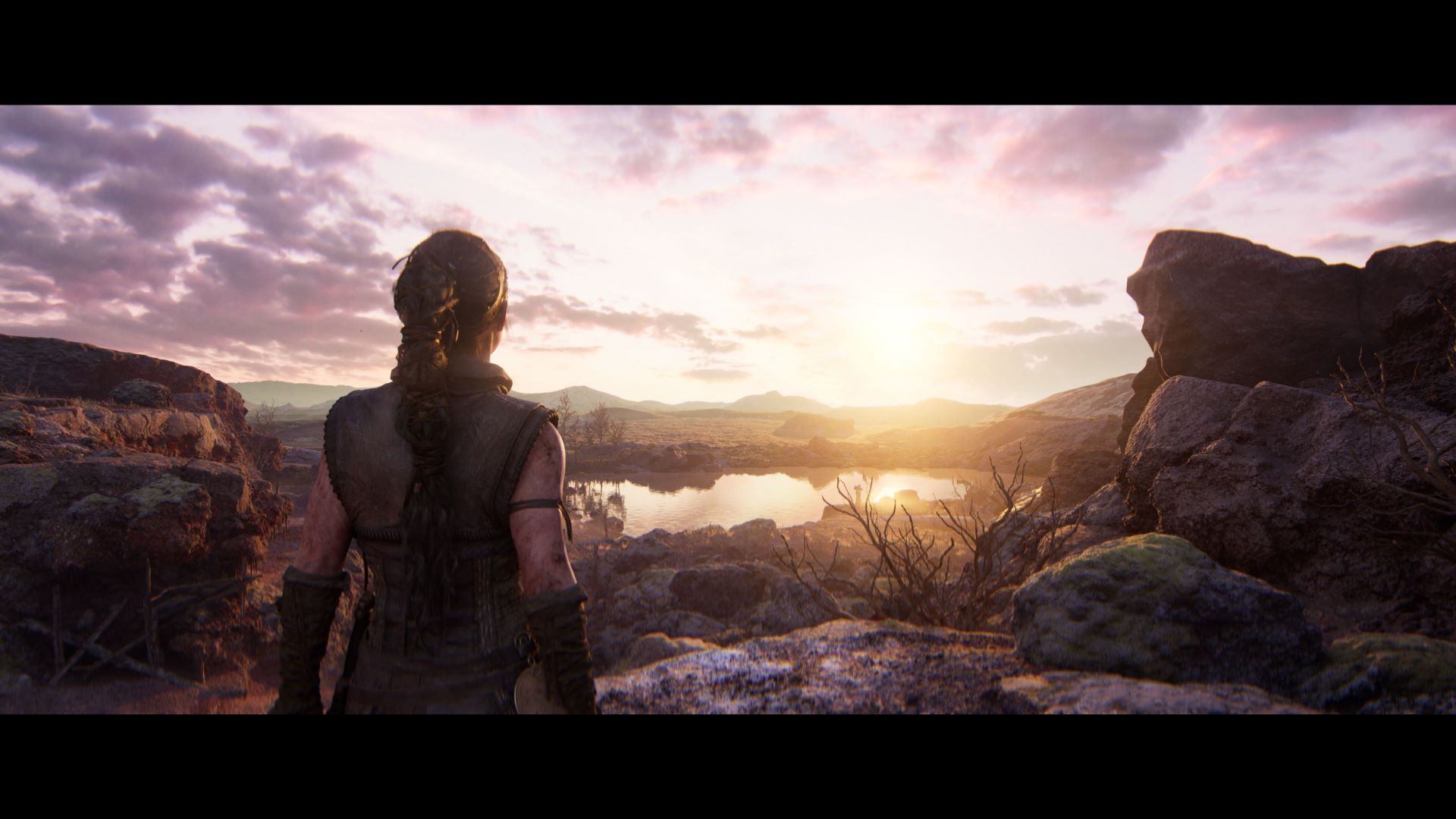
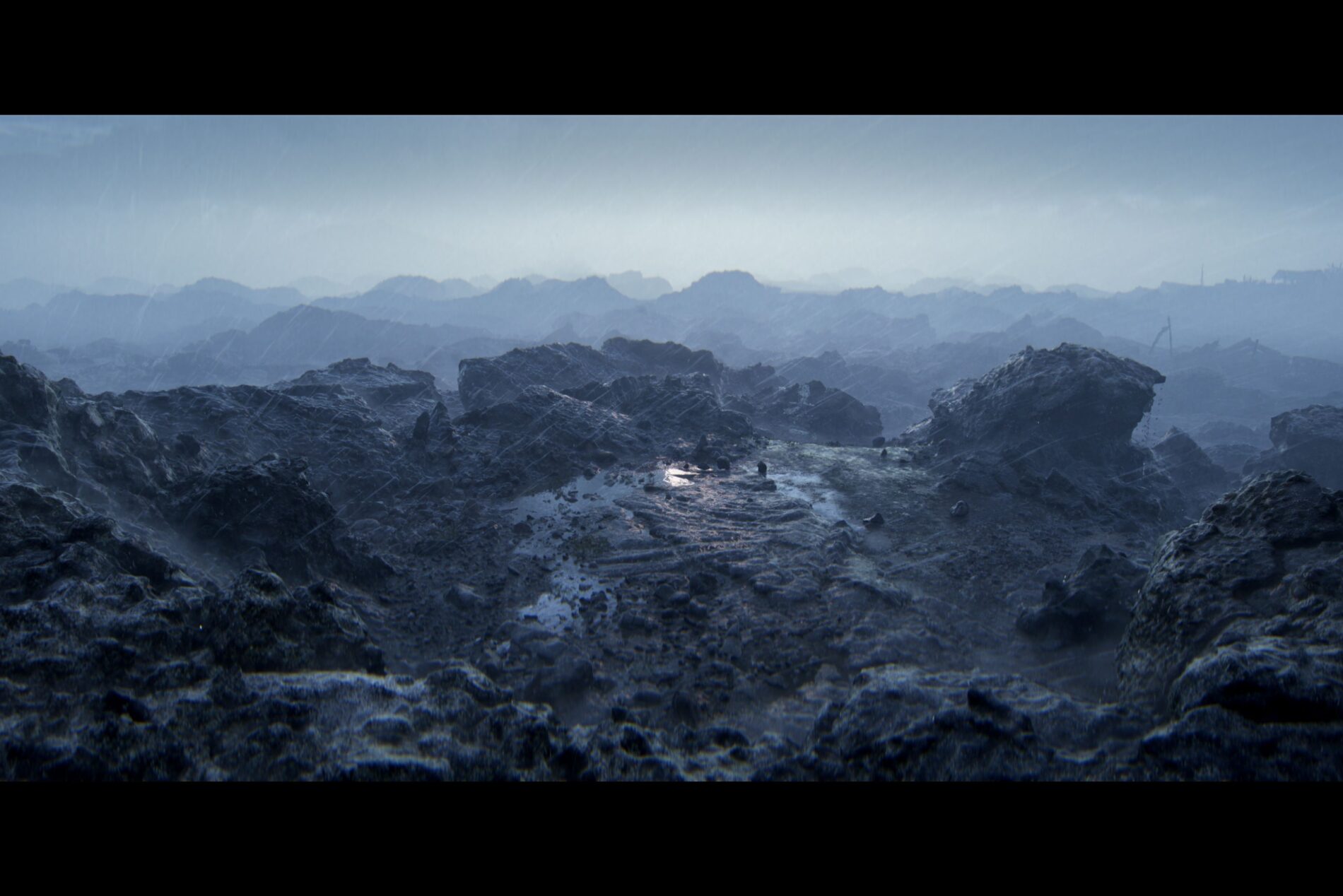
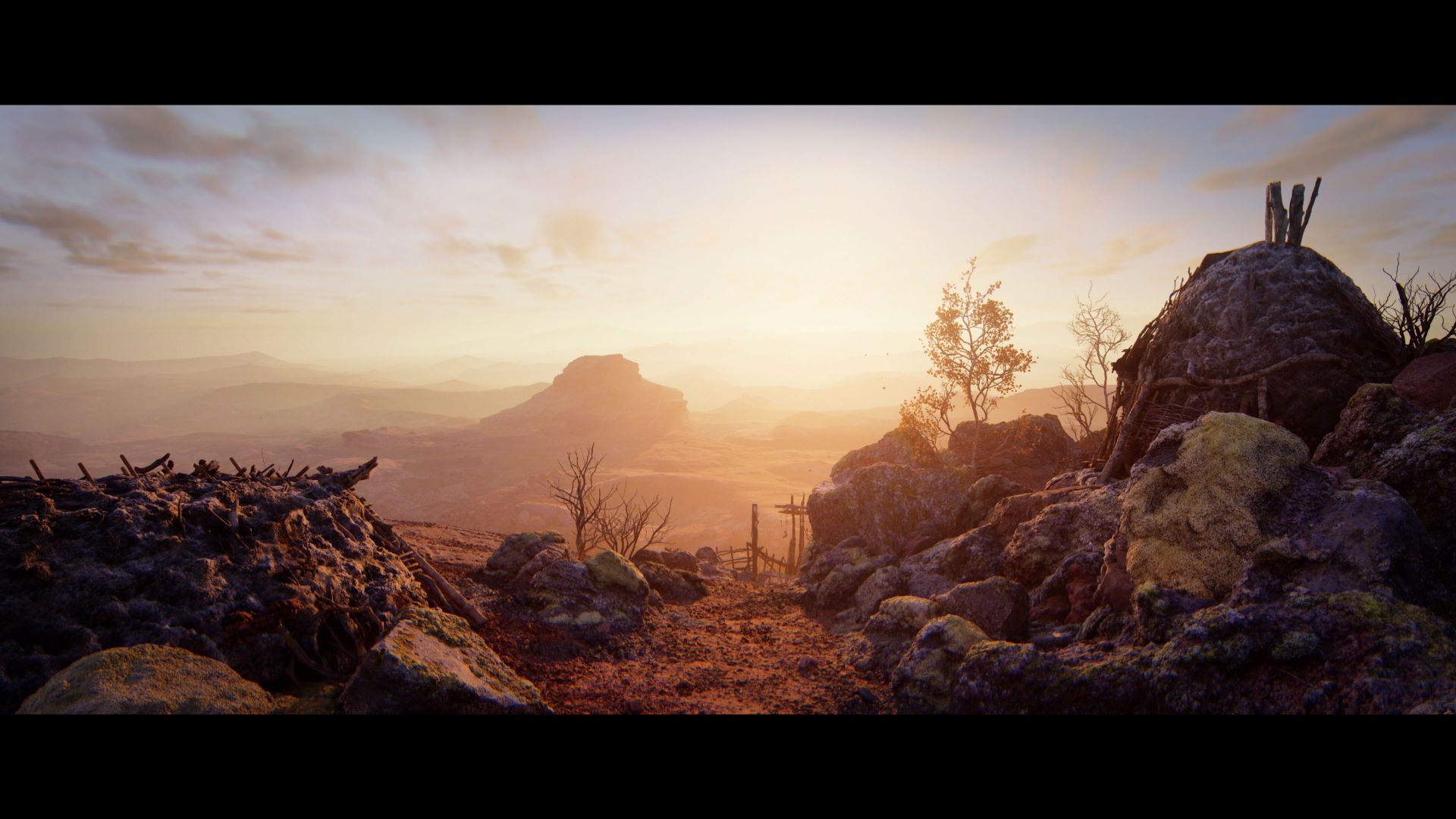
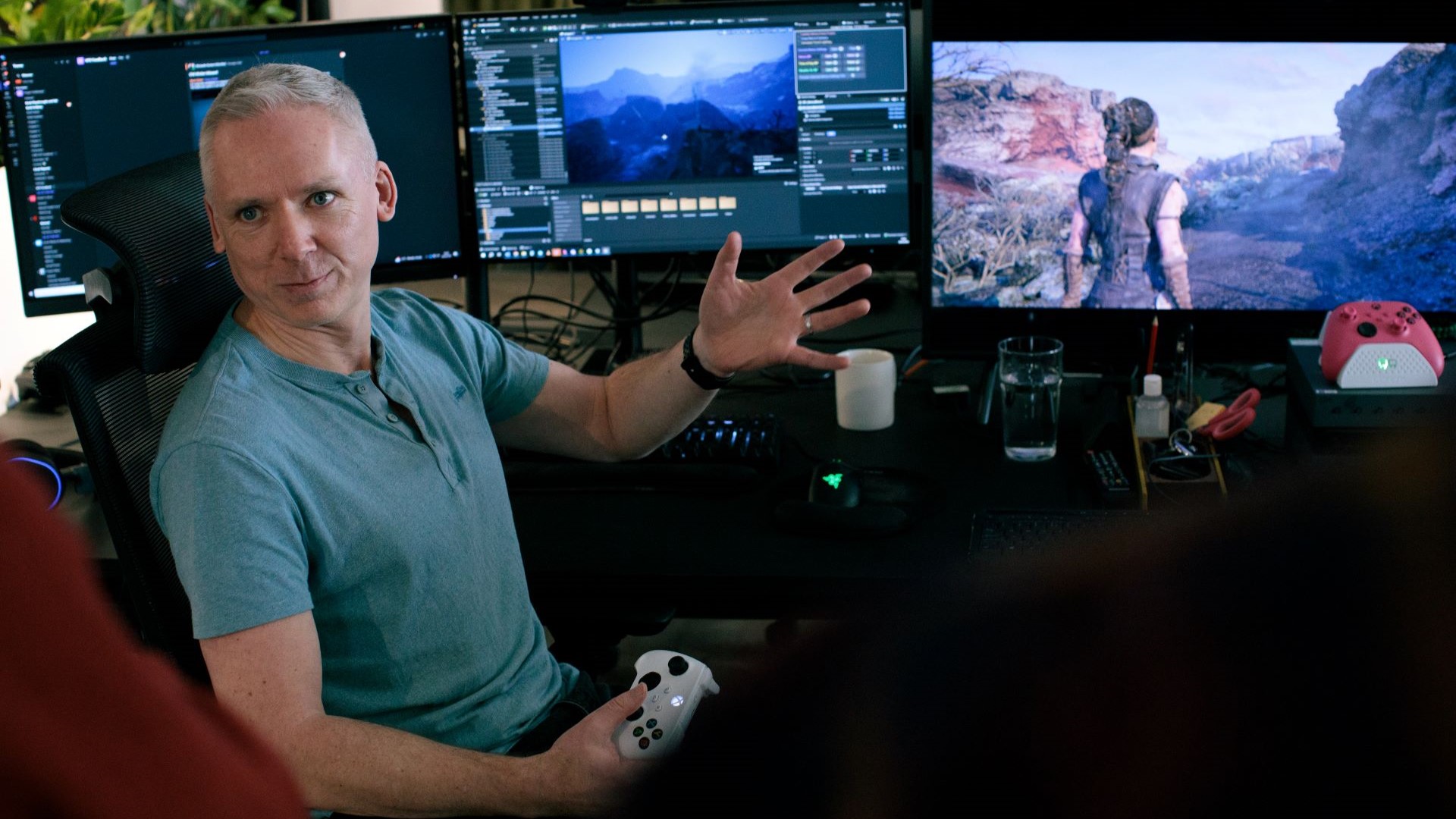
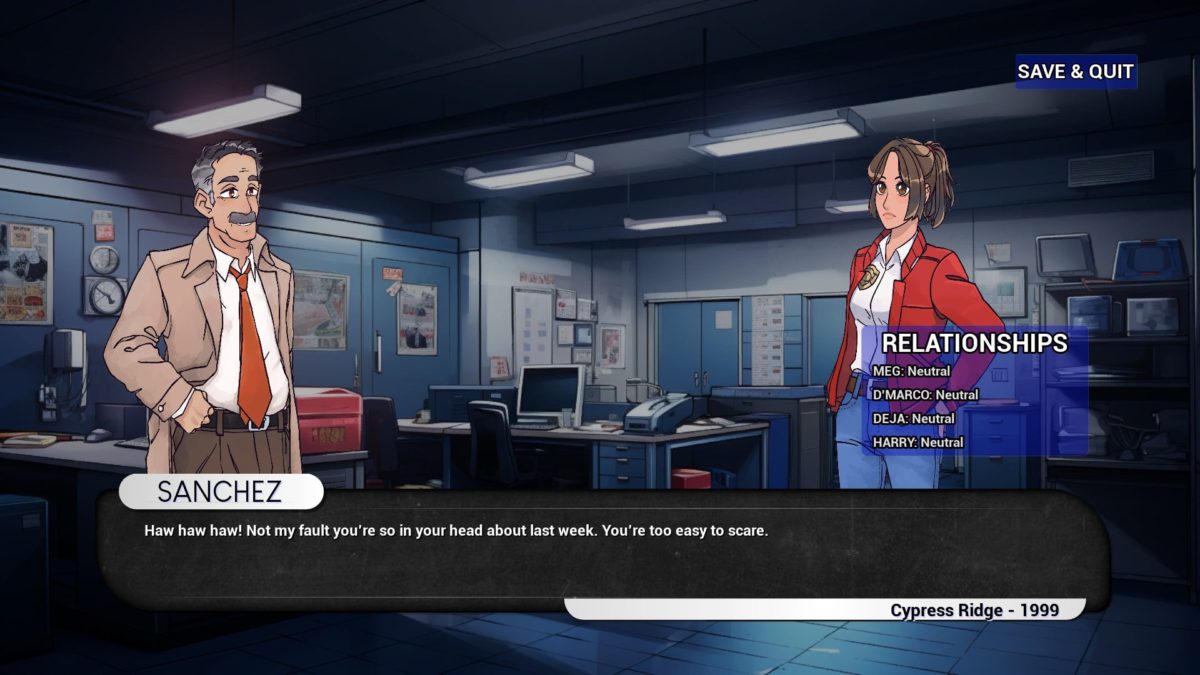
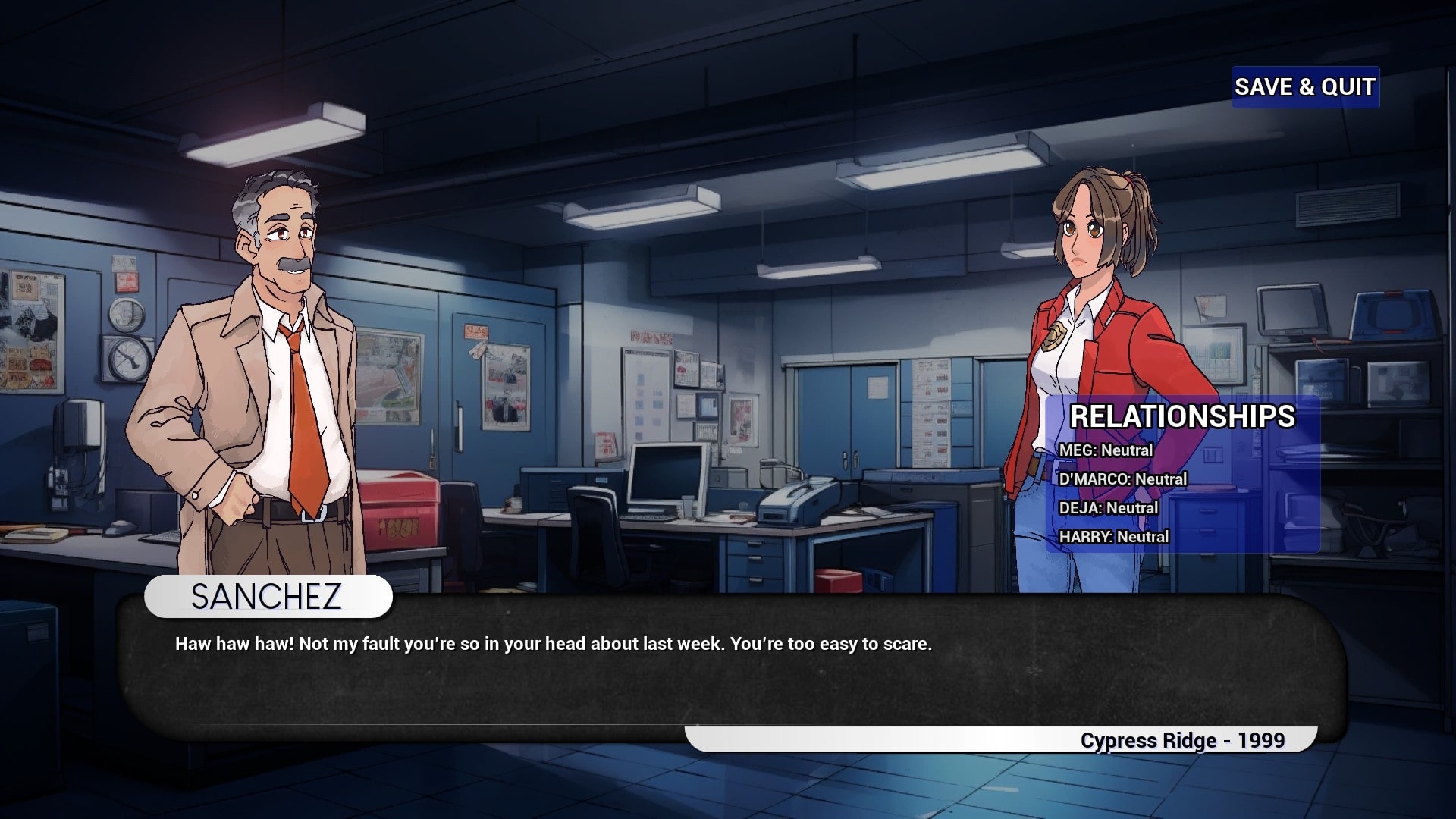
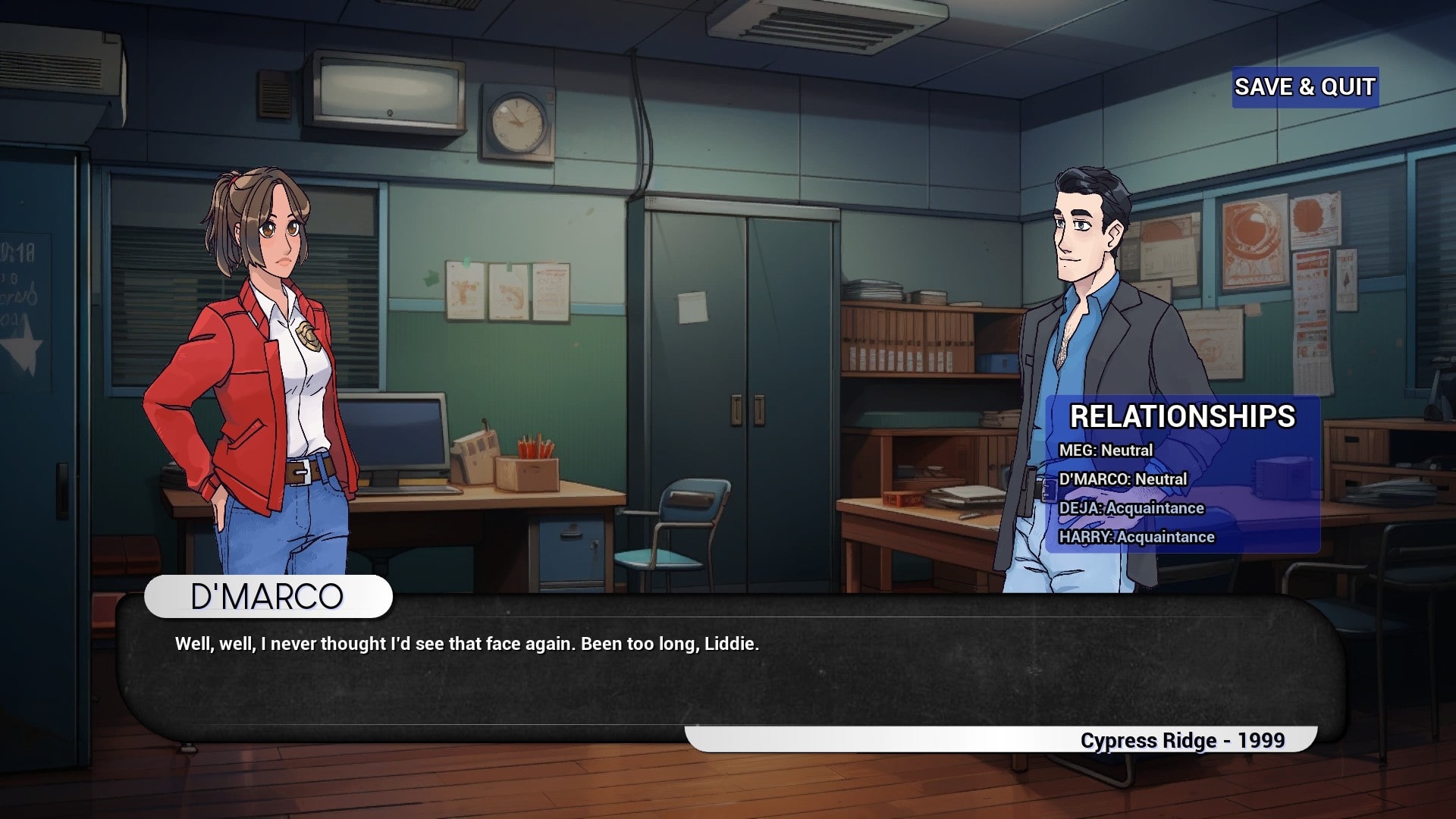
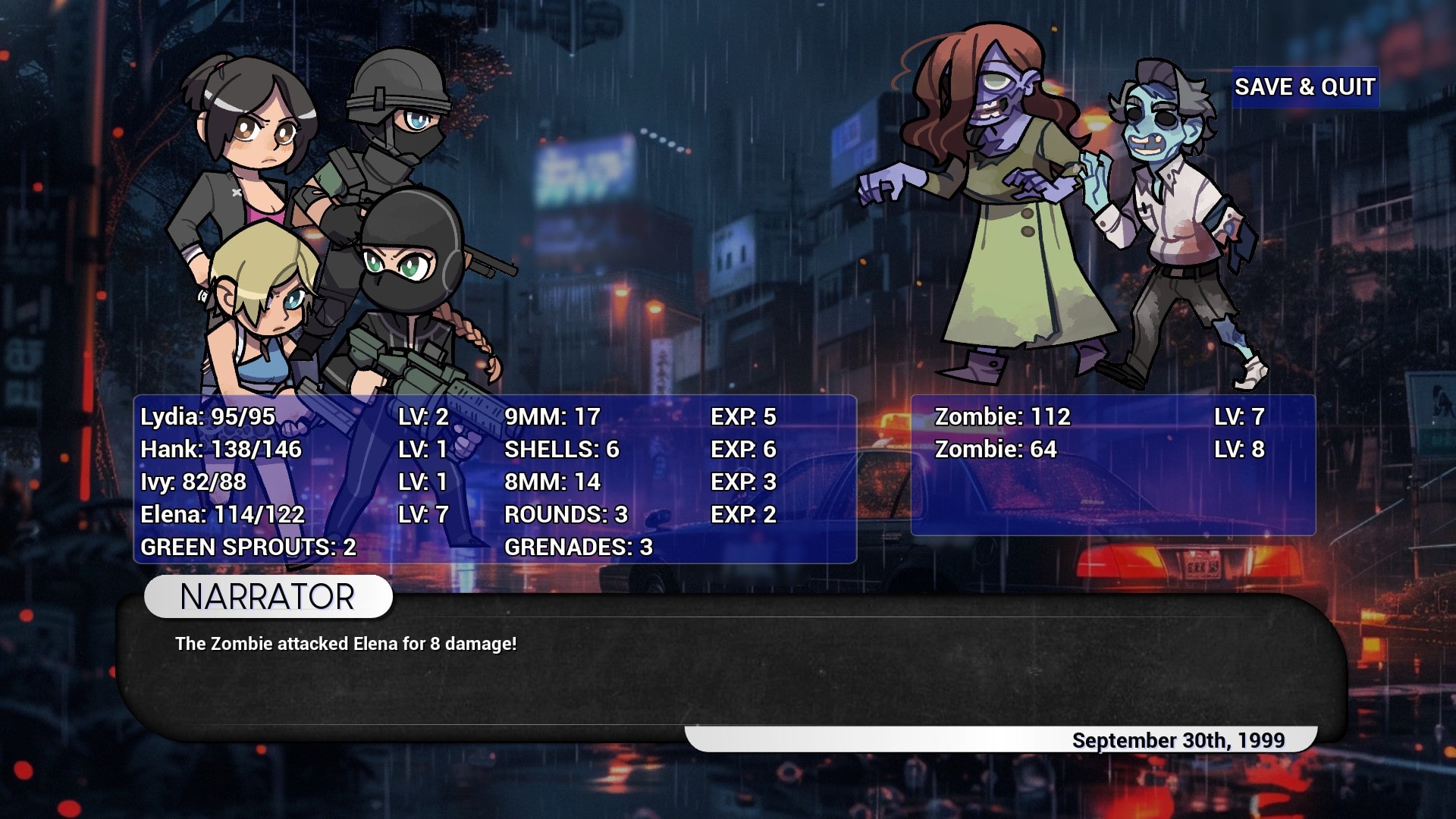
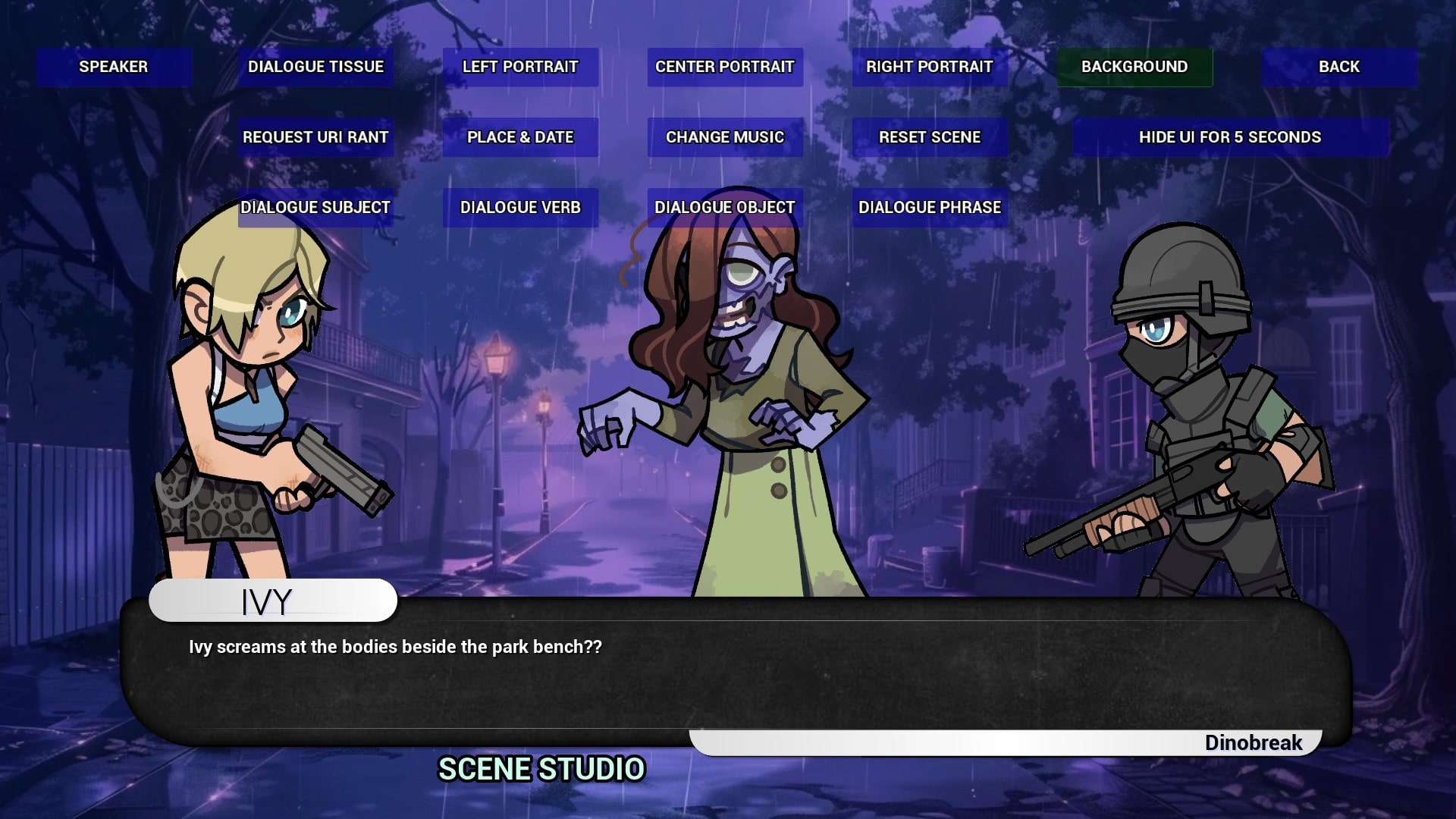
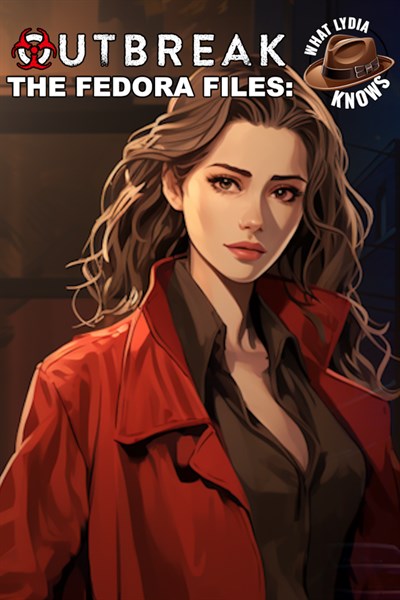
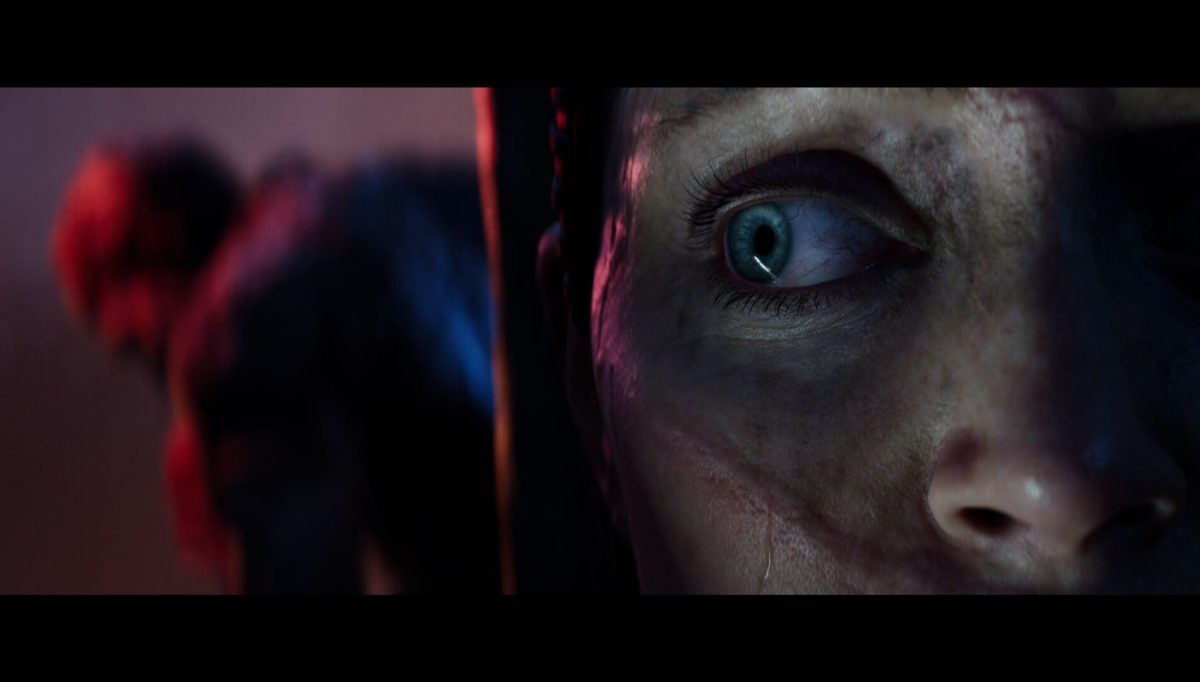
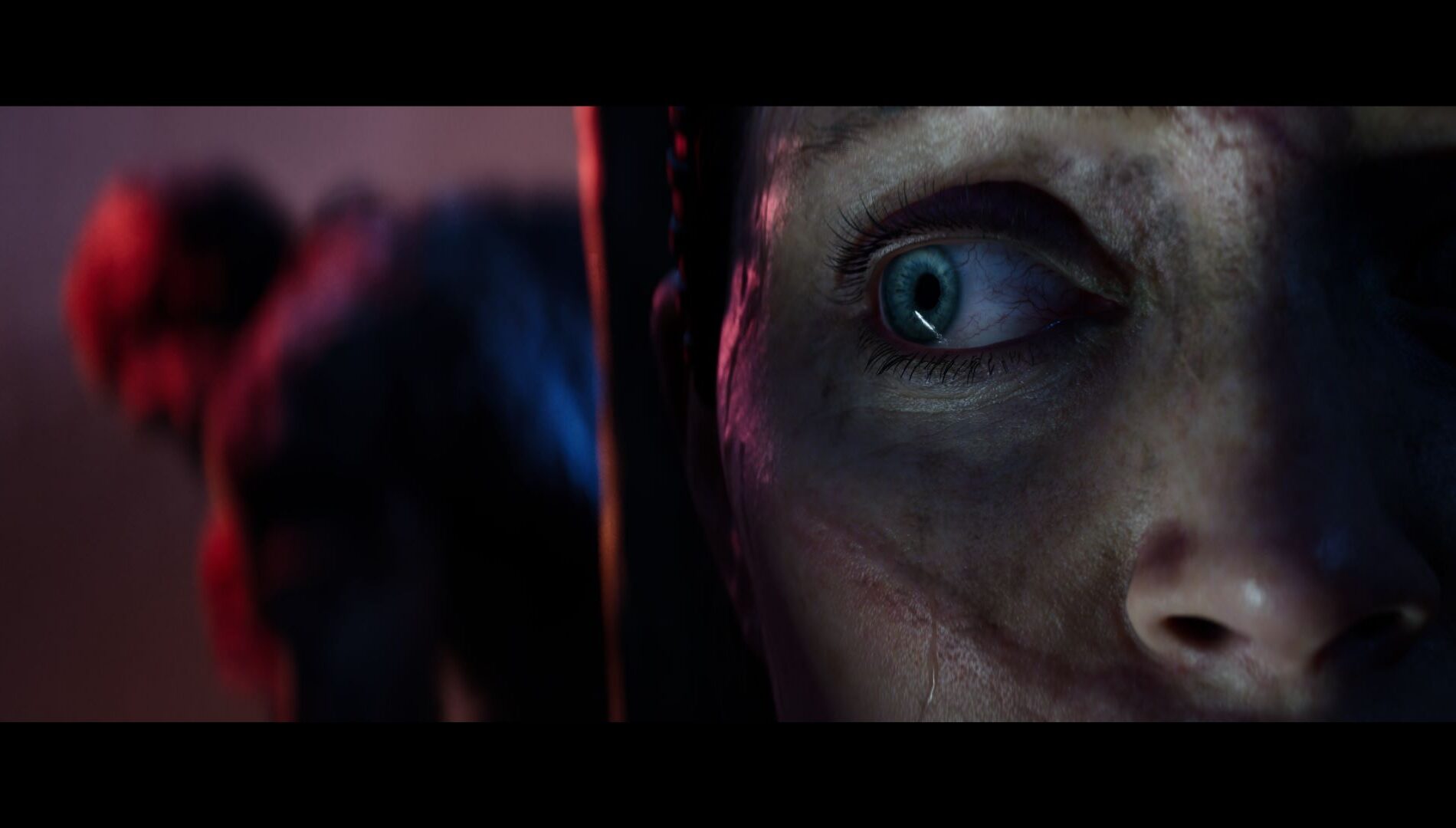
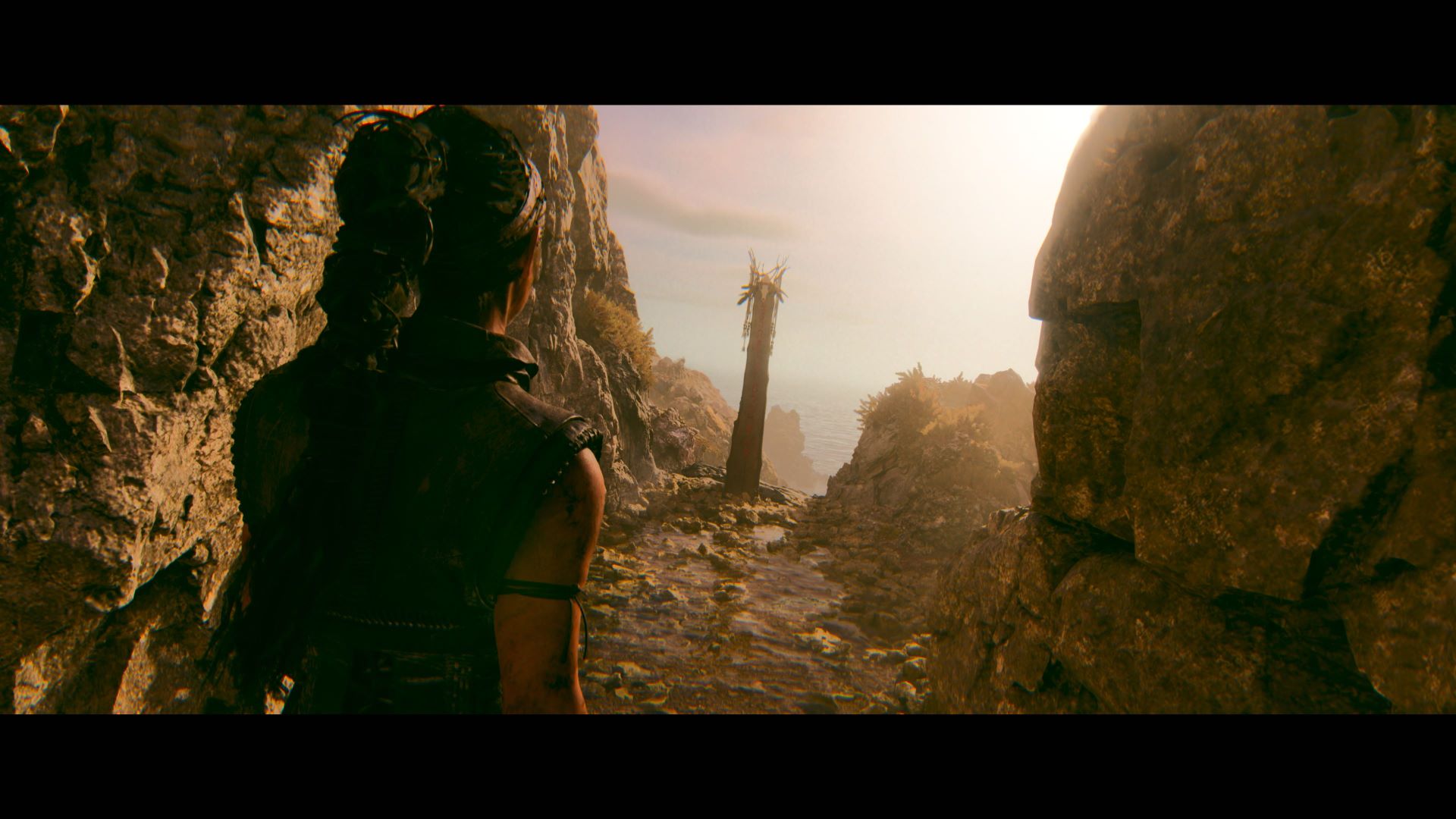
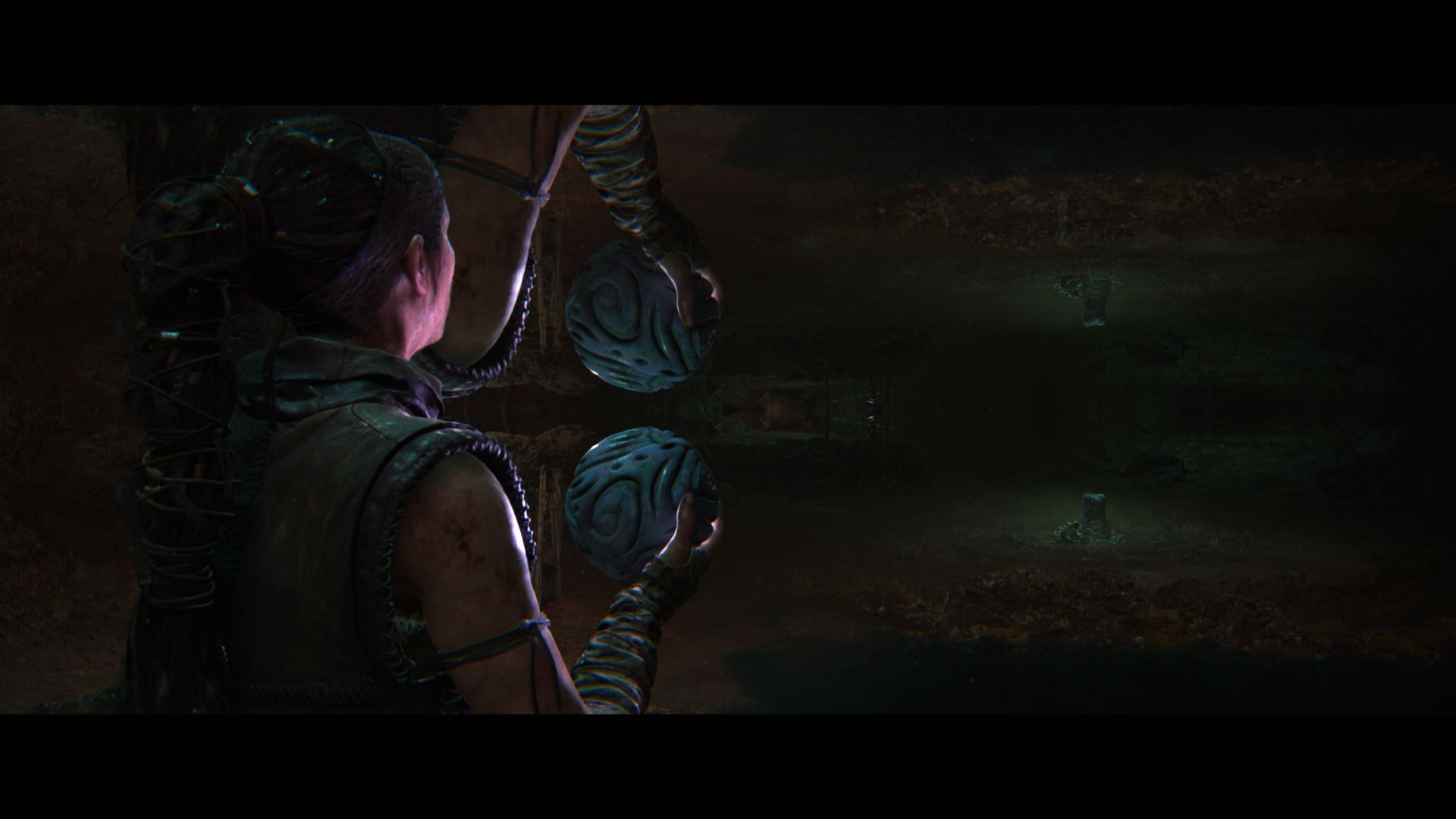
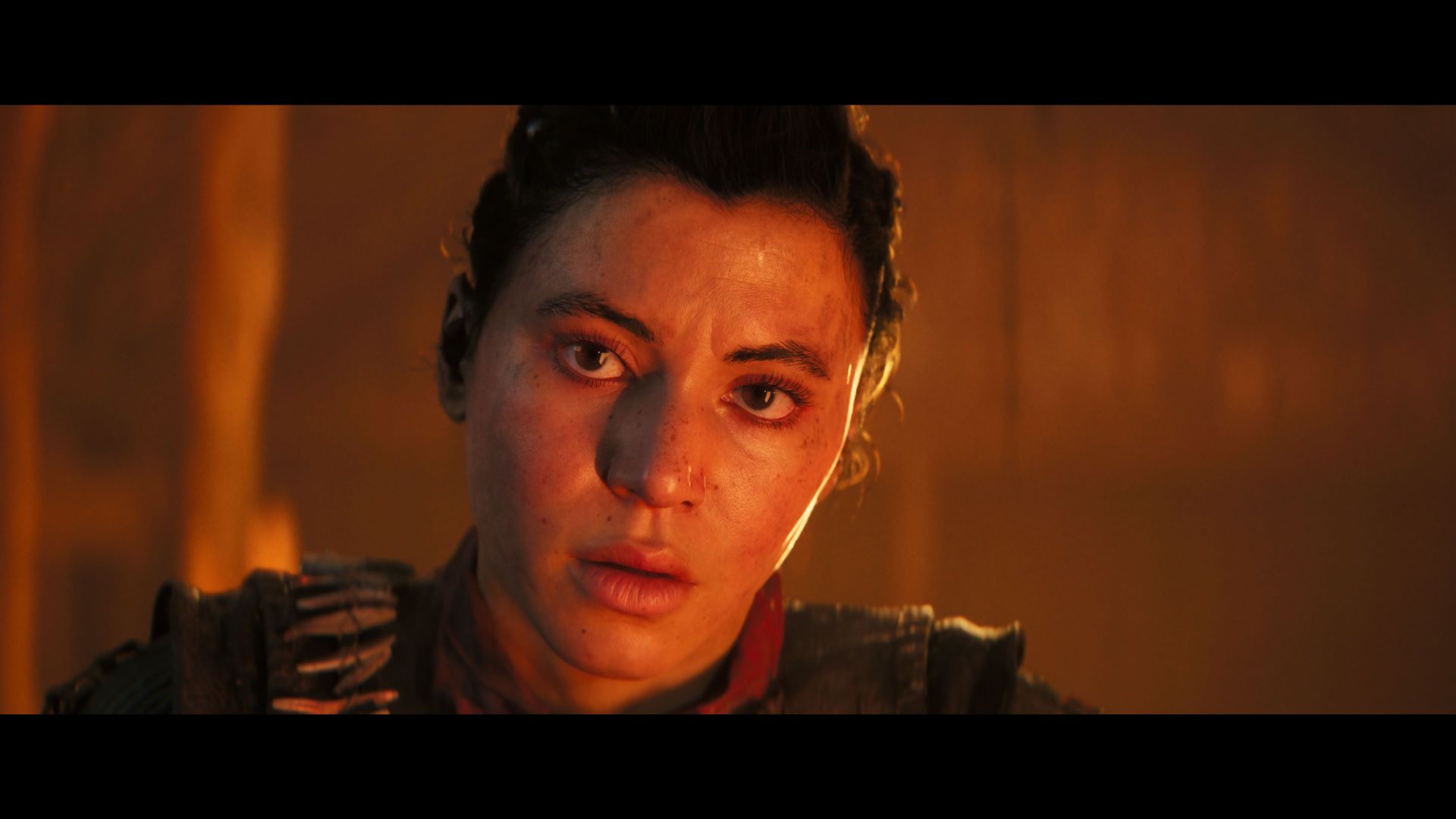
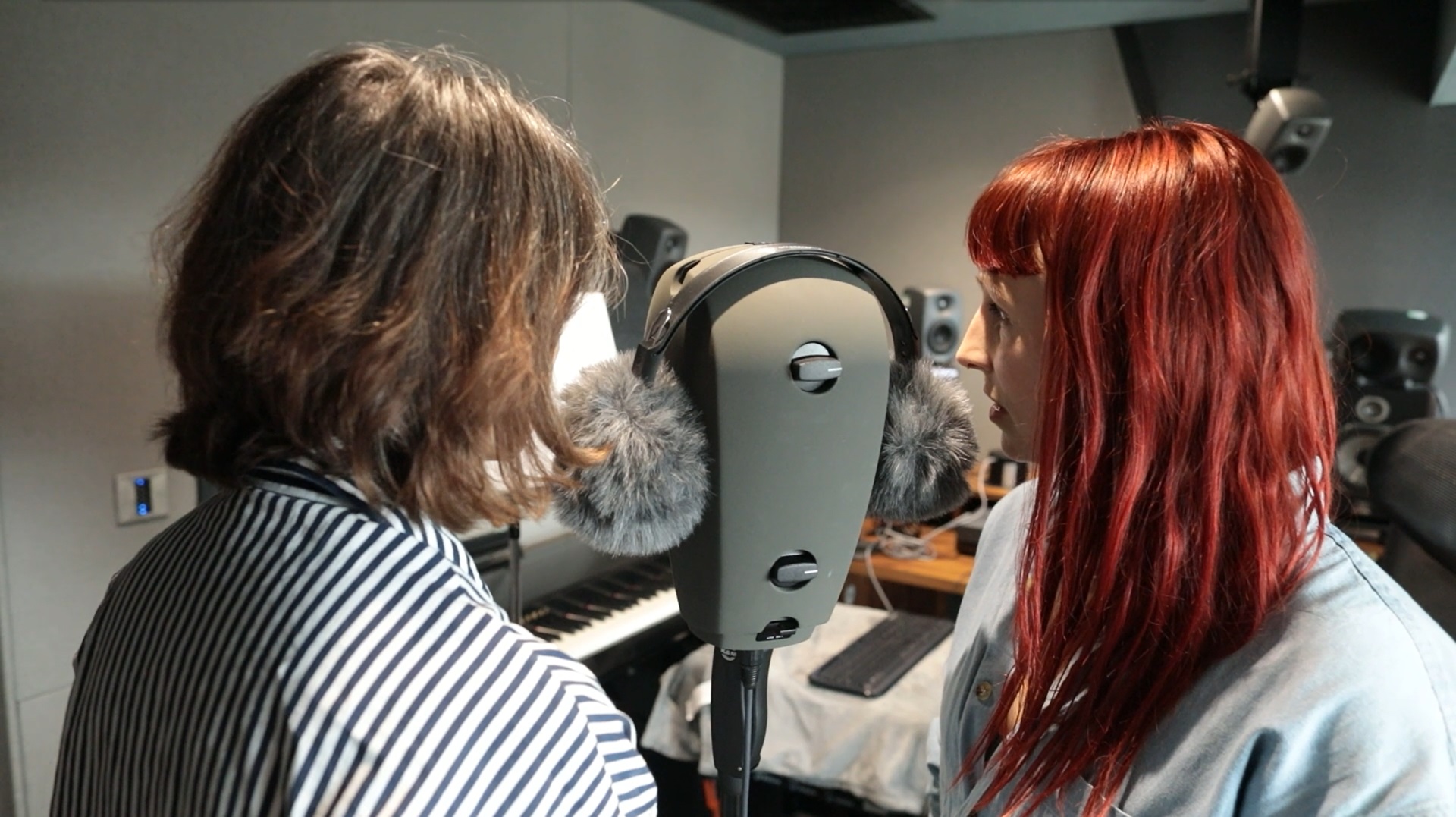


 Draft Token – Now to June 14
Draft Token – Now to June 14